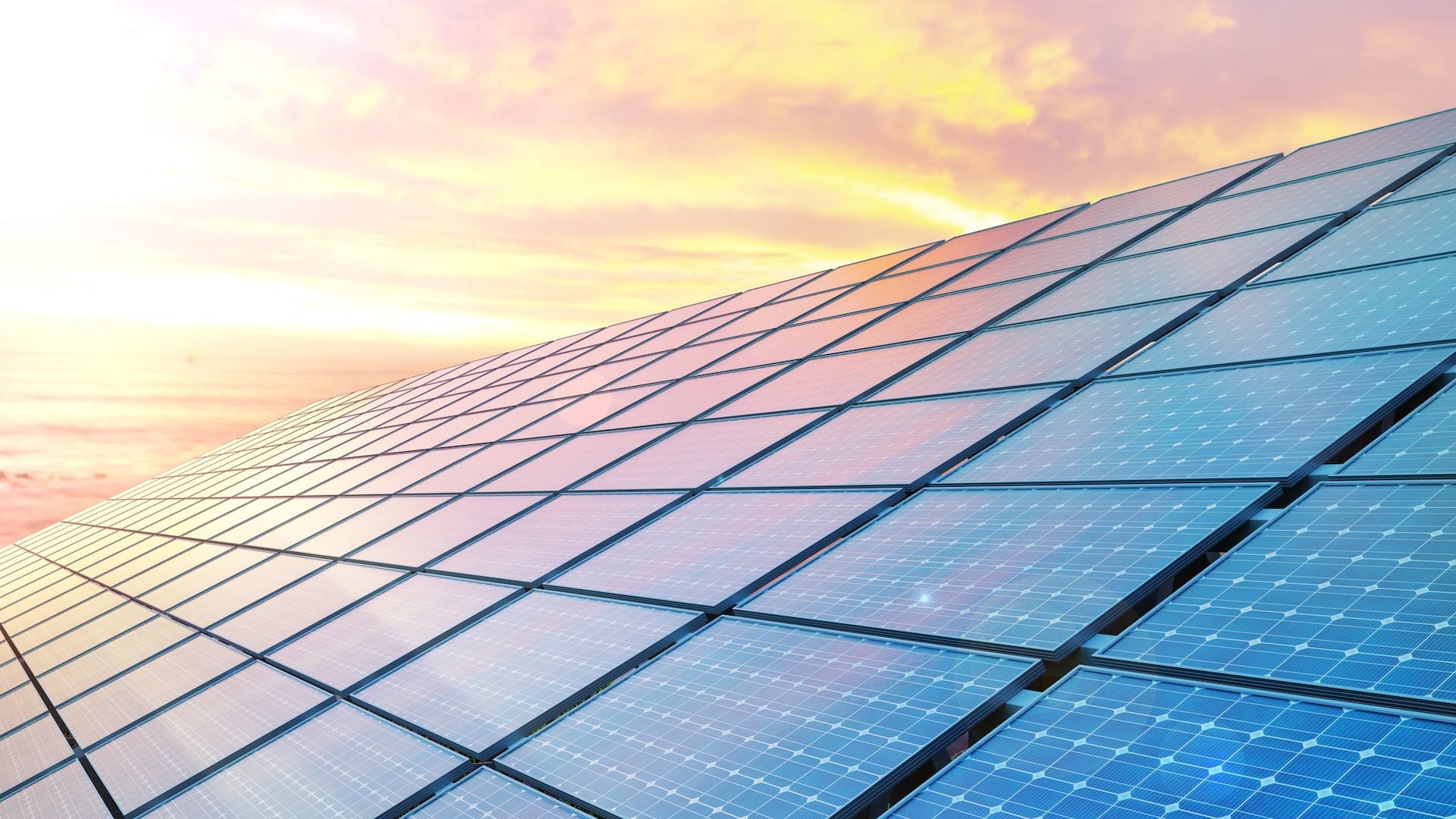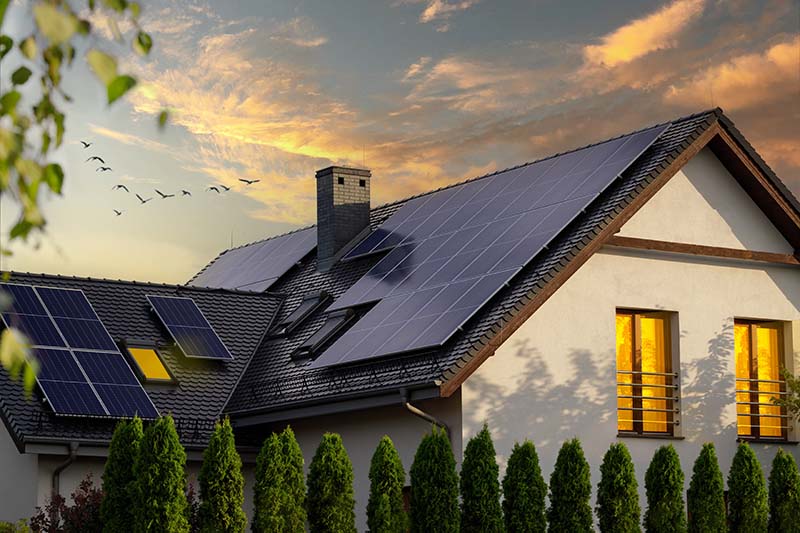Explore affordable options for energy savings with Solar Panels.
Harness Renewable Resource With Advanced Solar Panels
The integration of sophisticated photovoltaic panels represents a critical change in the quest of sustainable power options. These panels, equipped with cutting-edge technologies such as bifacial layouts and perovskite cells, promise enhanced performance and durability, thus optimizing power outcome. As property owners increasingly look for to lower their power expenses, comprehending the installation procedure and the range of financial motivations offered becomes essential. This advancing landscape not only addresses prompt energy demands however additionally means a wider transformation in power consumption patterns. What ramifications might these advancements hold for the future of power self-reliance?
Benefits of Advanced Solar Panels

Moreover, progressed solar panels typically come geared up with smart technology that optimizes energy manufacturing by adapting to differing weather and sunshine direct exposure. This function makes sure a constant energy supply, which is critical for off-grid applications. In addition, progressed photovoltaic panels normally boast improved durability and long life, minimizing the requirement for regular replacements and upkeep.

Most Current Technologies in Solar Power
Current developments in solar energy modern technologies are changing the landscape of renewable energy generation. Advancements such as bifacial photovoltaic panels, which record sunshine from both sides, have boosted power performance and result. This modern technology enables greater energy production even in shaded or snowy conditions, improving general efficiency.
Furthermore, the growth of perovskite solar batteries has actually obtained considerable attention due to their potential for higher efficiency at a reduced production price contrasted to typical silicon cells (Solar Panels). These cells can be generated making use of less complex procedures, making them a sensible alternative for prevalent fostering in the future
Additionally, wise solar innovation is making strides with integrated energy monitoring systems that maximize power usage based on real-time data. This technology permits home owners and services to keep an eye on and change their energy use dynamically, causing enhanced efficiency and cost financial savings.
Installment Process for Property Owners
When considering the installment of solar panels, homeowners should start by examining their energy needs and reviewing the suitability of their home. Understanding power usage patterns is vital, as it notifies the dimension and capability of the solar system needed to meet over at this website those demands successfully.
The following action includes picking a trusted solar installment company. House owners ought to carry out extensive study, reviewing customer testimonials, certifications, and guarantees supplied by the installer.
Complying with the analysis, home owners will receive an in-depth proposition outlining the system design, equipment specs, and job timeline. After contract on the terms, the setup process can start. This usually consists of safeguarding essential permits, followed by the installation of photovoltaic panels, inverters, and electric links.
Post-installation, a last assessment is performed to make sure conformity with regional policies and security requirements. Property owners will then be guided on system monitoring and upkeep, ensuring they can make best use of the advantages of their brand-new solar power system for many years to come.

Financial Motivations and Financial Savings
Financial motivations and cost savings play a critical role in the decision-making procedure for house owners thinking about photovoltaic panel installment. Various federal government programs and refunds considerably lower preliminary investment prices, making solar power a lot more easily accessible. In the USA, the government solar investment tax debt (ITC) permits property owners to subtract a considerable percentage of their solar installment costs from their government taxes, improving the return on investment.
In addition, numerous states and local federal governments offer their own incentives, such as money rebates, real estate tax exceptions, and net metering programs. These motivations can even more decrease the repayment period for planetary systems, permitting property owners to appreciate cost savings faster.
Furthermore, by creating their own electrical energy, homeowners can decrease or eliminate their regular monthly utility costs, resulting in long-lasting economic cost savings. Solar Panels. The rising expense of typical power resources underscores the financial benefits of solar power, as home owners can secure lower energy expenses gradually
As power rates continue to vary, investing in photovoltaic panels comes to be significantly appealing. With a combination of monetary company website motivations and recurring savings, homeowners can make informed decisions that not just benefit their purses however likewise add to a lasting future.
Future Fads in Solar Energy
As home owners progressively accept the financial advantages of solar energy, the industry is poised for significant improvements in modern technology and application. One of the most promising trends is the assimilation of man-made intelligence (AI) right into planetary systems, allowing smarter energy management. AI can maximize power usage, predict usage patterns, and supply real-time information analytics, boosting effectiveness and user experience.
Additionally, the growth of bifacial photovoltaic panels is anticipated to gain traction. These panels record sunlight from both sides, increasing energy result and making them a lot more effective than conventional versions. Technology in energy storage space solutions, such as solid-state batteries, will certainly additionally play an important function in the future, permitting house owners to store excess power for use throughout peak demand durations.
Additionally, the trend in the direction of decentralized power systems is on the increase, empowering customers to generate and market their energy. This change will cultivate neighborhood solar projects, making renewable resource extra obtainable. As governments globally proceed to carry out encouraging policies and motivations, the solar power market is readied to experience durable development, driving down costs and boosting sustainability in the energy landscape.
Final Thought
Advanced solar panels provide an engaging opportunity for harnessing renewable resource, using significant advantages such as raised effectiveness and resilience through sophisticated innovations. The installment procedure, Recommended Reading coupled with different economic incentives, improves the appearance of solar power for house owners. As the industry develops, future patterns show a continued change towards even more innovative options, better advertising sustainability and power independence. Embracing these innovations will certainly play a vital duty in addressing energy demands while reducing ecological influences.